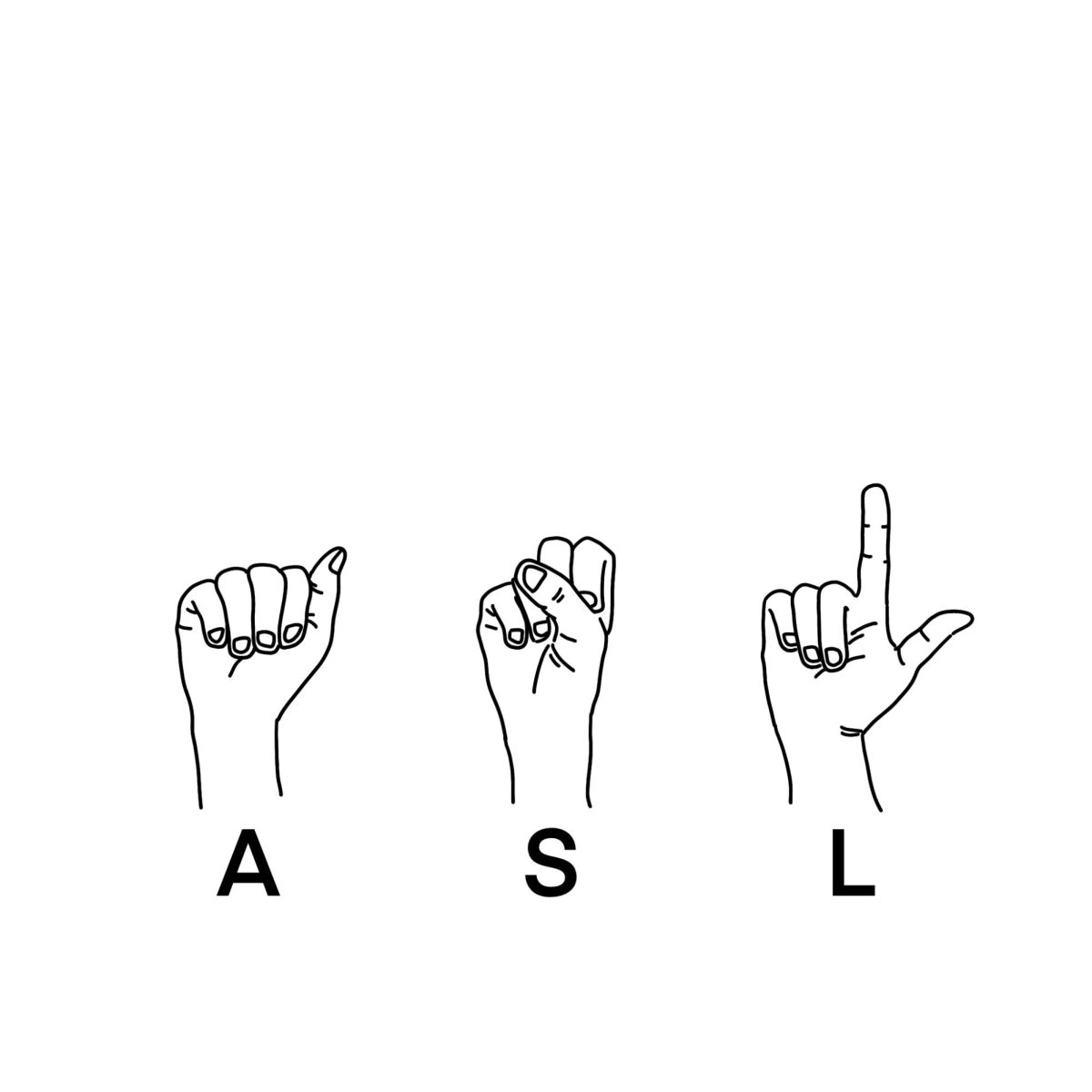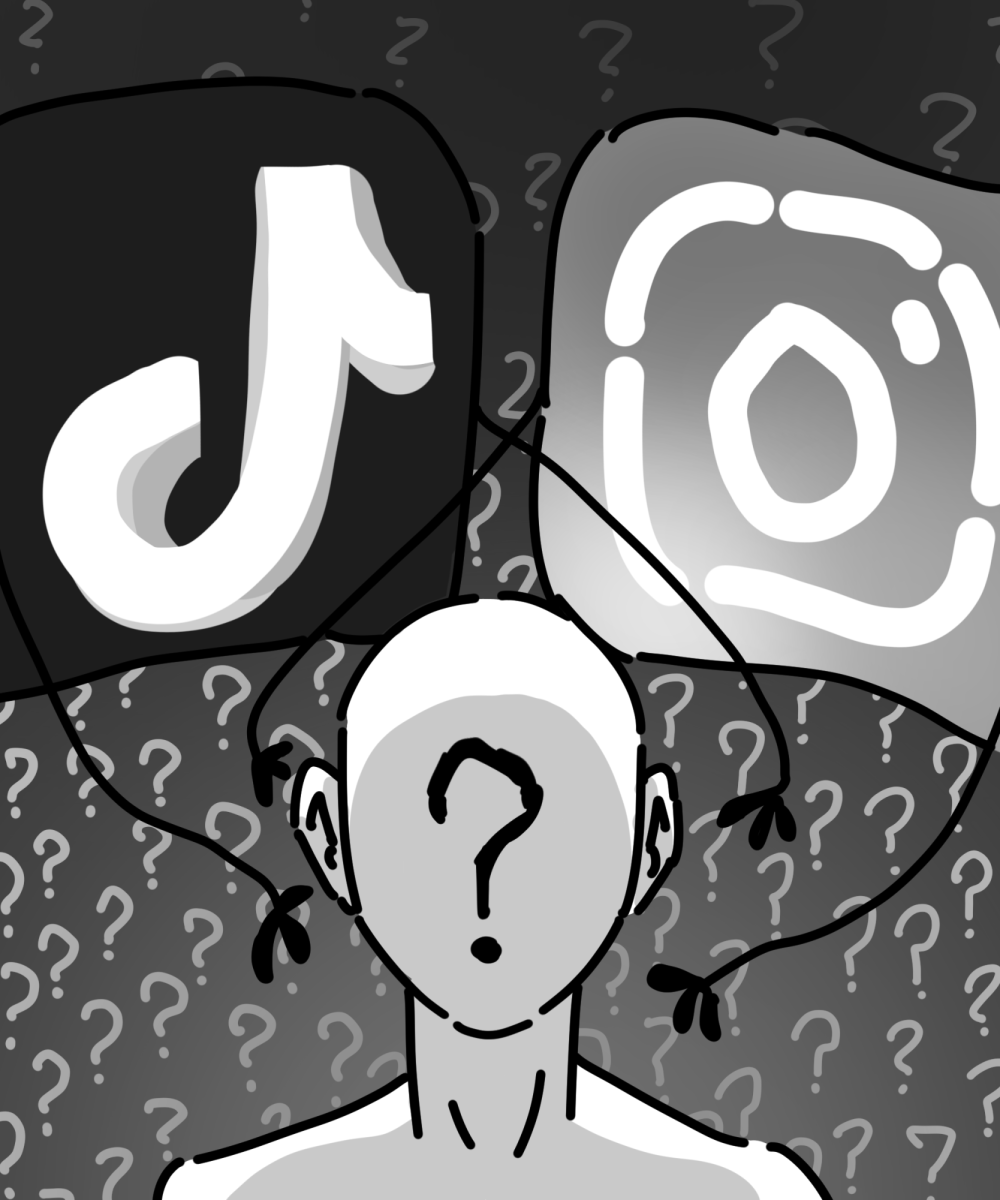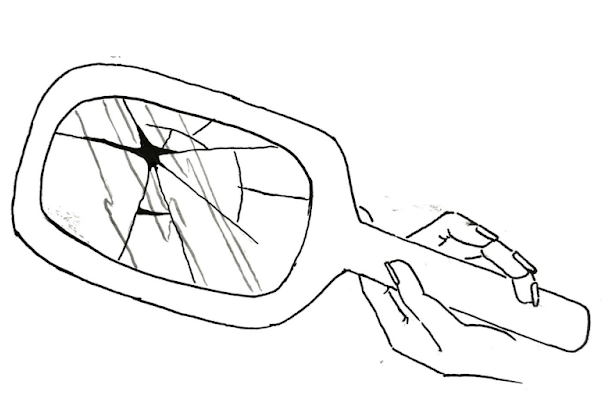The online movement that hopes to be the future of conservatism is surprisingly difficult to define
Oscar Zahner, Political Correspondent
Originally published January 19, 2017
Fletcher Anderson
“If the Democrats are ready to label the new Republican Party as alt-right, then what does the new Republican Party stand for?”
When President-Elect Trump made Breitbart executive Steven Bannon his chief strategist, the media went into an uproar. A flurry of editorials from the nation’s most respected journalists collectively denounced the move as Trump’s thinly-veiled extension of an olive branch to the nebulous but terrifying “alt-right.”
The appointment of Bannon is quite in keeping with the accepted narrative of Trump’s campaign and the rejuvenation of the republican faction. The more unconventional ideas of the far-right are becoming normalized by the harsh political binary. The fringe has been brought further and further into the mainstream by Trump’s successful campaign, and now by his upcoming administration. The Republican Party, which the left once seemed confident had cannibalized itself, is adapting.
Prior to Donald Trump’s election, the democrats had lulled themselves into complacency and peddled amongst their supporters the dogma that they were on the right side of history. The conservatives seemed like a dying breed in the democrat’s new America; a party that existed by and for the old, the white, the antiquated; a temporary obstruction to progress that would soon be quelled.
The leaders of the democratic establishment were so sure of themselves that they contorted the primary into the favor of their preferred candidate, secure in their own belief that the Republican Party was dying.
The democrat’s hubris was shattered when the republicans not only won the election, but changed the electoral map, winning states like Michigan and Pennsylvania, which the democrats had won for decades. The democrats are still trying to rationalize their defeat. How could a party so cantankerous and seemingly out-of-tune with the zeitgeist have gained so much ground?
Contrasting the results between a Cornell study in 2012 and a USA Today poll in 2016 reveals that little has changed between the demographics of presidential voters with one very noticeable exception: the poorly educated, especially poorly educated white voters.
This election was not decided by age. It was not decided by income. This election was decided by race. It’s no surprise, then, that the voices that changed conservative rhetoric into the talking points that won low-education white voters have been branded by the left under one label, a label that carries the accusation of unspeakable racism and fringe thought: alt-right.
Many on the left readily accept that the alt-right, as the term is used today, is simply a rebranded neo-nazi movement. After all, the term was invented by hyper-nationalists to describe their white supremacy websites like Stormfront, and characterize their fringe movement of holocaust denial, racial biology and homophobia.
This definition of alt-right carries a very disturbing implication: the working-class whites who propelled Trump to victory were won over by a brand of racism so archaic that the democrats believed it had been quelled from all but the deepest, darkest corners of American thought. By conflating the agenda of the new republicans with this kind of racism, the democrats are using this outrage in an attempt to beat Breitbart and the new Republican Party by fighting their platforms back to the fringe.
Unfortunately for the democrats, this caricature of the political movement is no longer wholly accurate, and inadvertently confirms the republican maxim that the left combats their dissenters by making their ideas contraband. Bannon’s Breitbart has offered in its defense the suggestion that the term “alt-right” is charged enough that it can pit any loyal democrat against an idea, but vague enough that it can be applied to any idea the democrat’s claim to disagree with on moral grounds.
In its most sinister sense, the term “alt-right” still refers to the crowd of people that find their heros in the likes of KKK Imperial Wizard David Duke, conspiracy theorists Alex Jones and David Icke, and the strange blend of malicious far-right trolling and even more malicious far-right sincerity that encrusts the far reaches of the internet. Many of the people in this camp readily identify as alt-right, giving this definition a fair degree of credibility. While Donald Trump failed to criticize this faction, or even rebuke their support, this brand of alt-right is still small enough, and fringe enough, that it is unlikely to be the model upon which the Republican Party is building its future.
If you take Breitbart’s apologist definition of the term, from the article An Establishment Conservative’s Guide to the Alt-Right, you’d hear that alt-right applies to a youthful wave of conservatives characterized not by overt racism, but by a disgust with the left’s self-proclaimed monopoly on morality.
This variant of the alt-right is built on the belief that the democrats have tried to make the genuine beliefs and worries of Americans taboo for political gain. Bannon and Breitbart have a history of echoing this talking point. To this brand of the alt-right, an American who fears a terrorist attack on domestic soil has a right to a voice on Muslim immigration without being called a racist.
The term “alt-right” has been applied so liberally that it makes sense to expand on Breitbart’s definition. If the democrats are ready to label the new Republican Party as alt-right, then what does the new Republican Party stand for?
If you spend enough time trying to understand the forces behind the youth supporting Donald Trump, and the flood of working class, white, male voters, you will find that this variant of the alt-right is defined by one commonality. This commonality isn’t nativism alone, although it is the priority for many. It isn’t isolationism, it isn’t white supremacy, it isn’t even conservative theory. The identity of this movement lies in a burning, almost primal, hatred for the left. This hyper-factional movement in identity politics was inadvertently created by the democratic establishment.
The language the movement uses is a window into the psychology that inspired its genesis. Their favorite insult, “cuck,” is a perfect example. A word rooted in sexism, originally used to describe a man emasculated by his helpless silence in the face of his wife’s adultery, has been their go-to word to capture the character of a man who has sold out his identity to what they view as a political apparatus hostile to his interests. The insult gradually expanded to what they deem “white apologists,” and eventually to any man, or white person, that has “surrendered” to the left.
It’s a twisted worldview, but it’s a worldview that the democrats are strengthening by mislabeling. The future of the Republican Party is being shaped by an animosity towards the left’s perception of morality in America, and the left is trying to slow their advance by engineering moral outrage. This strategy is hastening the rise of the alt-right. Those critical of what they believe to be the left’s moral grandstanding feel vindicated when the democrats call them racist. In this way, the left is helping normalize the fringe.
This isn’t to say that the democrats don’t have a right to criticize Breitbart, or the appointment of Bannon. This isn’t to say that the radical white nationalists aren’t a part of Trump’s fold. But it’s dangerous to misunderstand what the new republican constituency stands for.
The new republicans are egged on by the democrat’s tactics. If the democrats really want to slow the rise of reactionaries like Steve Bannon, falsely equating him to a neo-Nazi will not work. The left is playing into Steve Bannon’s hands, and the future of the Republican Party shows no signs of going away.






















